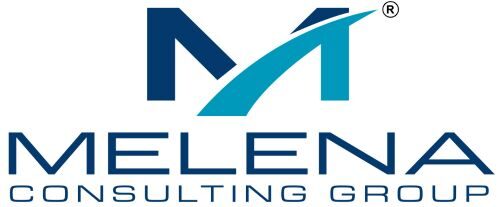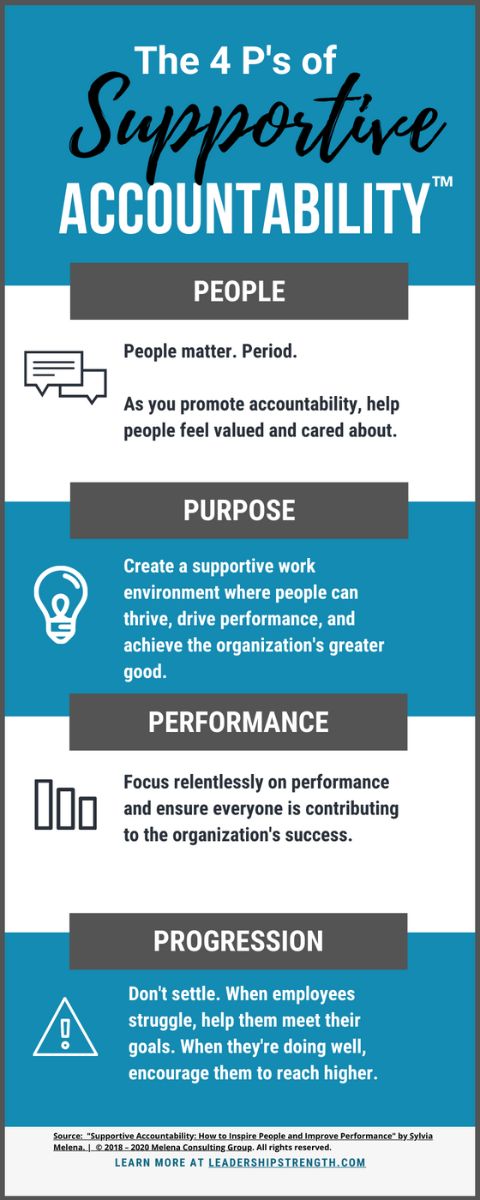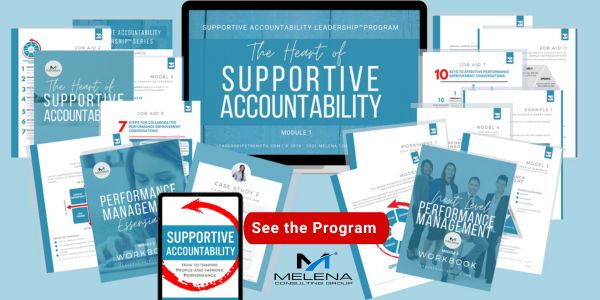Leaders have different opinions about the word “accountability.”
Some cringe when they hear it because they see it as a stick. They prefer to be supportive leaders and not to focus on performance.
Others focus intensely on accountability and view the people side of business as too “touchy-feely.” They see accountability as the only driver of results.
But the truth is somewhere in the middle.
You see, supportive leadership and accountability are not mutually exclusive. They’re two different but complementary performance management elements.
The key to ensuring employees are as engaged and productive as possible is to focus on both supportive leadership and accountability to strike a balance.
But I know that achieving this balance is not always easy. For me, it has been a lifelong journey of learning, becoming self-aware, and refining my approach.
Focusing on People’s Strengths
In 2006, when I accepted a new management assignment, I was introduced to the concept of focusing on people’s strengths rather than their weaknesses.
Because I tended to focus on performance and results, I was torn. I perceived a great chasm between what I believed deep down in my heart and what I was being asked to do.
My natural inclination was to identify gaps in performance and close them to achieve success. And I felt I was being asked to solely focus on people’s strengths and completely ignore their struggles.
Strengths and Accountability Are Not at Odds
The longer I reflected on this perceived dichotomy, the more it didn’t make sense, and the more it bothered me. Surely my director wasn’t asking me to ignore performance deficiencies. It didn’t add up.
So, I had a candid conversation with my director and shared what I was feeling. Her response was a breath of fresh air. In her steady, assuring, and compassionate manner, she clarified everything.
No, I wasn’t being asked to ignore performance difficulties. It was quite the contrary. I had to work through them, as I normally would.
I would approach performance management from a place of strength.
Sylvia Melena
My role was to guide employees in self-reflection, so they could leverage their strengths to improve performance. This was a complete relief. It was also the beginning of my passion for learning what inspires people to bring their best to work.
The Dual Lens: Employee Engagement and Accountability
Over the years, I have added more tools to my leadership toolkit. In spite of this, my inclination has never changed. I still focus on accountability and achieving measurable results. However, I also have a hunger for learning what engages, energizes, and inspires people.
I developed the 4 P’s of Accountability™ through this dual lens of employee engagement of accountability.
This approach balances my love for people with the desire to drive performance.
I wrote in detail about the 4 P’s of Accountability in my book, Supportive Accountability: How to Inspire People and Improve Performance. But here they are in a nutshell.
The 4 P’s of Supportive Accountability™ Infographic
Sylvia Melena, Supportive Accountability How to Inspire People and Improve Performance.1
Balancing Accountability and Support
Effective accountability is a balancing act.
While it’s essential to ensure employees are meeting performance goals and advancing the organization’s priorities, it’s equally important to create a supportive work environment where employees can thrive and bring their best to work.
Accountability matters. But people matter more.
REFERENCE 1 Melena, Sylvia. “The 4 P’s of Accountability™.” Chap. 10 in Supportive Accountability: How to Inspire People and Improve Performance. La Mesa, CA: Melena Consulting Group, 2018. Excerpts reprinted with permission.









I have got a lot of knowledge from the article. Thank you very much for your efforts.
Thanks for reading, Kedir.
This info has uplifted my knowledge on accountability.Thank Ms Melena
You’re welcome, Kalema.
Thank you.
This is great knowledge ever I too much believe will work in my day-to-day operations
Thank you.